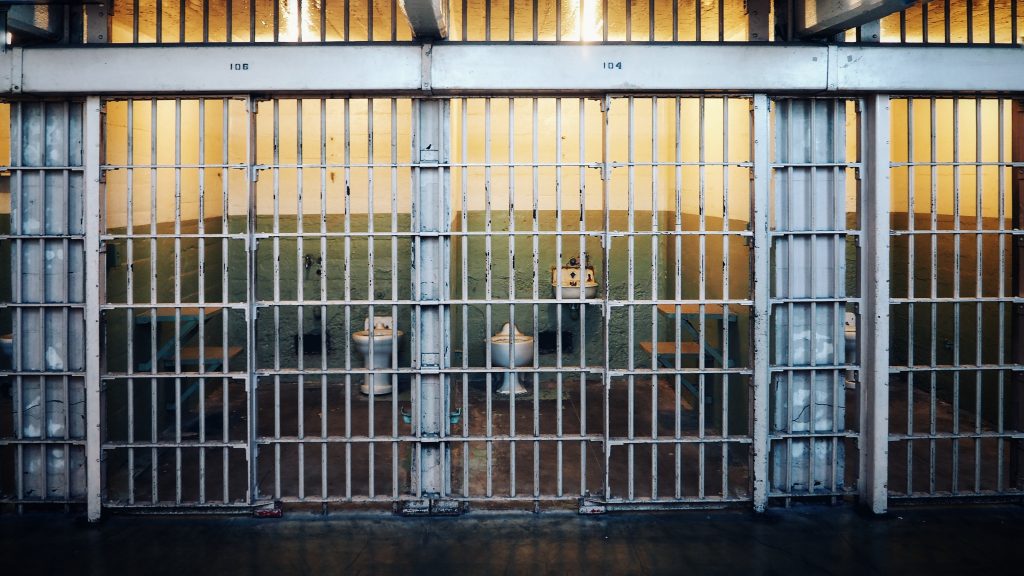If you or a loved one has been to prison, you likely know to expect extreme temperature conditions. In the winter, you often see headlines about prisons losing heat. In the summer, you often see headlines about prisons turning into ovens. What can you do to help yourself or your loved one address climate control problems in prison?
Do you have any rights that apply to climate control problems in prison?
Yes. The Eighth Amendment to the U.S. Constitution states as follows: “Excessive bail shall not be required, nor excessive fines imposed, nor cruel and unusual punishments inflicted.” The last part addresses prison temperatures. Prisons cannot inflict cruel or unusual punishment against you through the facility’s temperature.
As one North Carolina federal court put it in a 2015 case call Dunn v. FNU Mitchell, “[t]he Eighth Amendment protects prisoners from inhumane methods of punishment and from inhumane conditions of confinement.” This includes both hot and cold conditions.
To determine whether a prison’s temperature constitutes cruel and unusual punishment, courts consider several factors:
- How severe is the temperature?
- How long has the temperature been too hot or too cold?
- Is there another way the prisoner can protect themselves from the temperature?
- Are the other ways to protect themselves reasonable?
- Are there are uncomfortable or dangerous conditions in addition to the cold or heat?
The temperature doesn’t have to be a threat to someone one’s health to be cruel and unusual. But the temperature must be extreme for an extended period of time. And, in most cases, a one-time problem won’t be enough. Courts have often said that a “single incident” of being left in the cold or heat, even for several hours, is not enough.

What prison conditions are bad enough for courts to do something?
Federal courts in the United States have provided several examples of prison conditions that violate the Eighth Amendment when it comes to climate control. For example, in a 1999 case called Palmer v. Johnson, a federal court held that exposure to extreme cold for 17 hours could violate the Eighth Amendment.
In a 1995 case called Murphy v. Walker, a federal court held that exposure to a week and a half in a prison cell without heat, clothing and bedding could violate the Eighth Amendment as well. Same with the court in the 1991 case Henderson v DeRobertis, which held that exposure to extreme cold for four days could violate the Eighth Amendment.
Courts in the 1991 case Chandler v. Baird and the 1975 case McCray v. Burrell reached similar conclusions, too. And these are just some of the many examples.
But, again, it is not easy to prove an Eighth Amendment violation. In the Dunn case mentioned above, the prisoner claimed that prison officials left him outside in the cold for seven straight hours. But, for the North Carolina court, that one-time incident wasn’t enough. That decision is the same as others from courts across the country.
The Takeaway:
Nowadays, it seems like we’re hearing about extreme heat or cold in prisons everyday. In 2017, The Marshall Project, The Weather Channel and Divided Films published a piece called ” ‘Cooking Them to Death’: The Lethal Toll of Hot Prisons.” Earlier this month, Fast Company published a piece called “Extreme heat is turning prisons into ovens.”
During the four years in between the two pieces, not much has changed when it comes to climate control problems in prisons. But your Eighth Amendment rights protect you against cruel and unusual punishment. That includes extreme temperature conditions.






